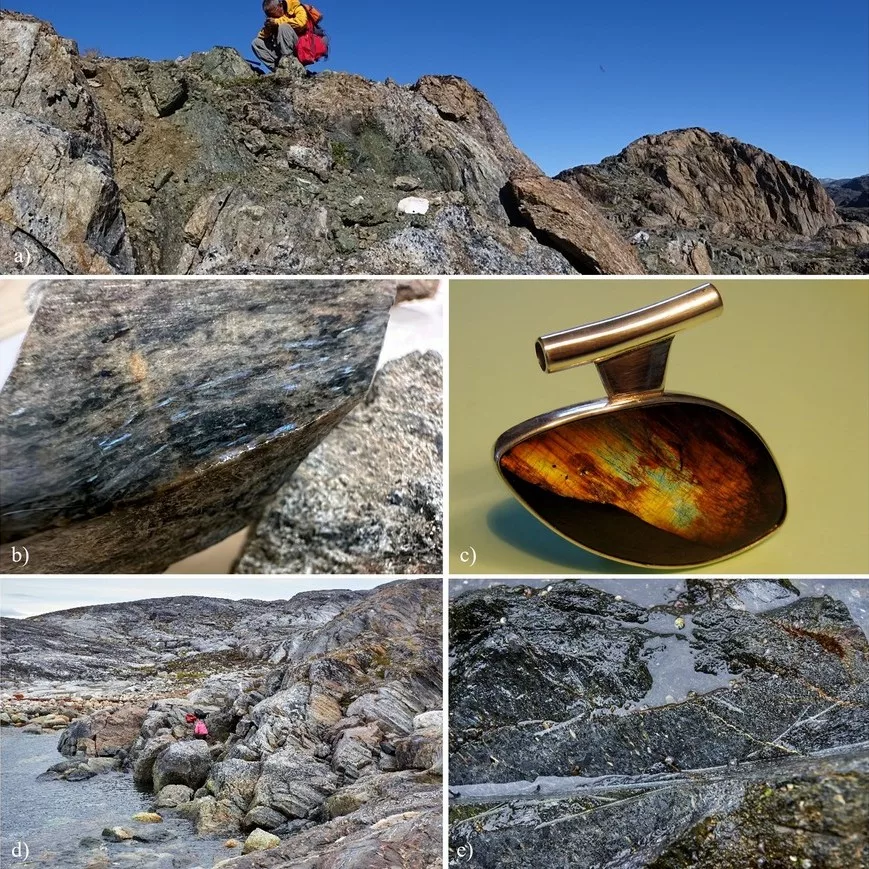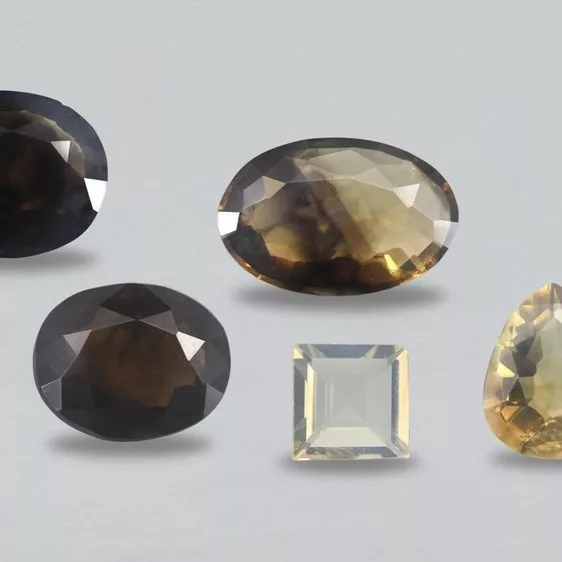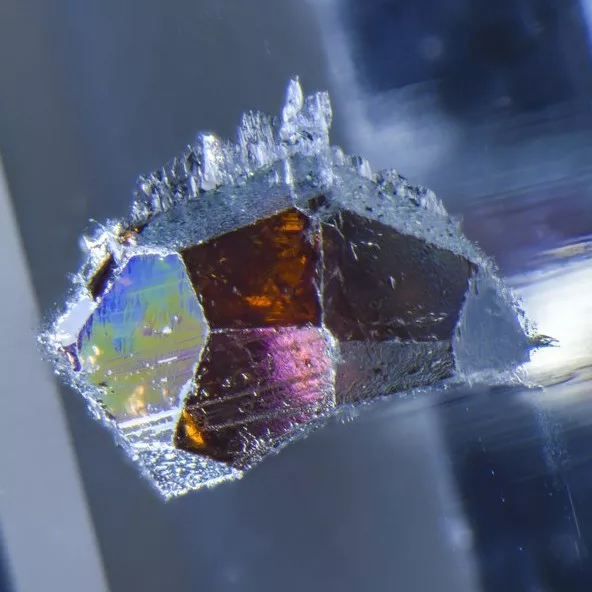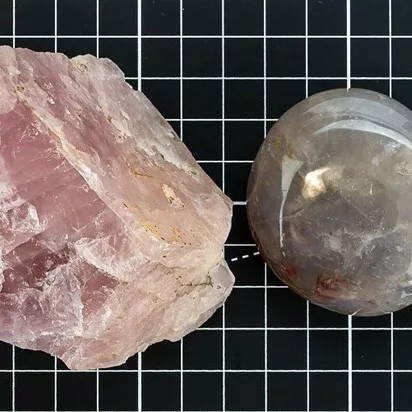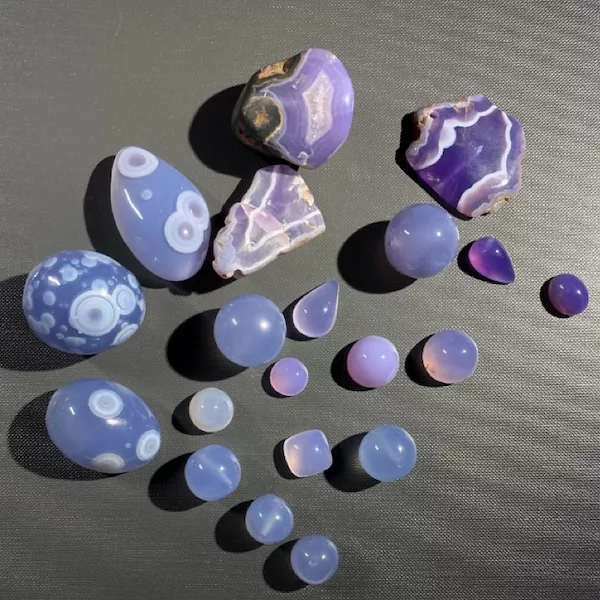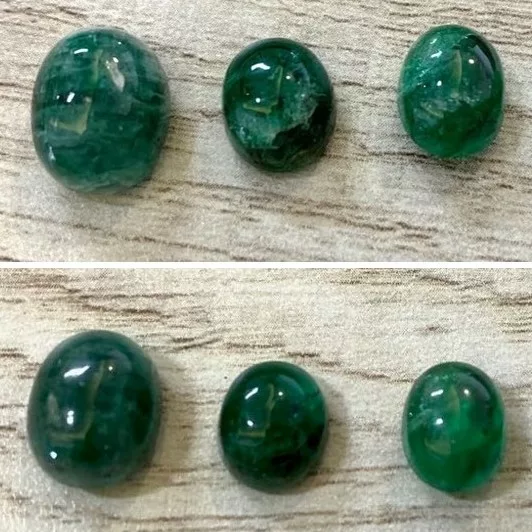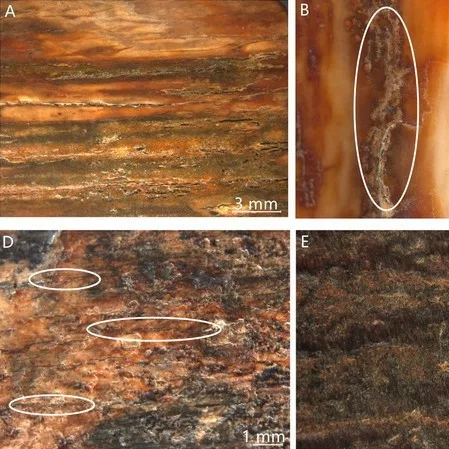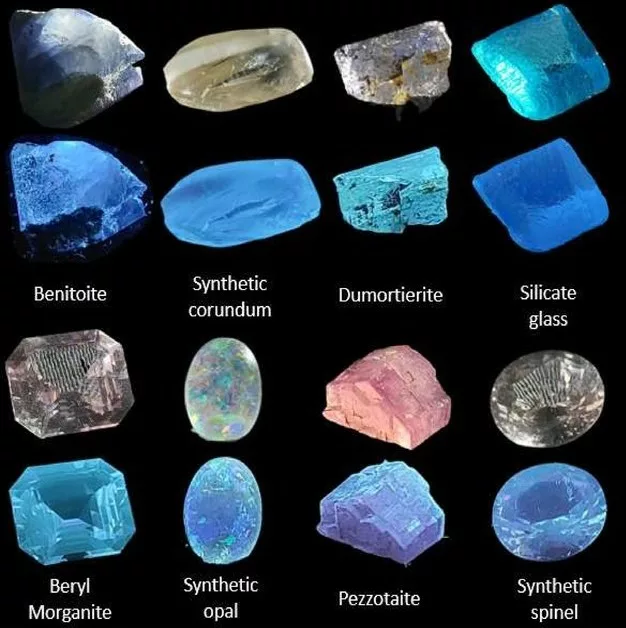A nuummite occurrence from kangerluarsuk in the Maniitsoq Region, West Greenland
K. I. Giesecke was the first to recognize the beauty of the iridescent amphibolitic gemstone Nuummite in 1810 when he collected samples from the island Simiuttat in the Nuuk area,
Microfeatures of Beryl Group Gems including the Newest Mineral Variety, Johnkoivulaite
Beryl group minerals often provide clues to their pegmatitic origin in the suite of inclusions contained within such gems. They regularly showcase examples of pegmatitic minerals s
Opal stability: a step toward detection
Opal is a gem of captivating beauty that stems from its complex microscopic structure composed mainly of silica. In the most striking specimens, the light diffraction from a three-
Rose Quartz: Journey Into the Nano-Jungle
Massive rose quartz is a readily available mineral ranging in colour from pink to salmon- or lavender-pink (Figure 1). Given its popularity in the market, it might be assumed that
Purple to bluish grey chalcedony from Ethiopia
In the past 15 years, Ethiopia has repeatedly gained attention for a variety of new gem finds. In 2008, a large deposit of white play-of-colour opal was found (Rondeau et al., 2010
Fingerprint differences between Emeralds from two main zones of production in Colombia in response to input from their host rock
Although there is information about techniques to separate Colombian emerald material from that of other countries, not much information is available on how to differentiate Colomb
Proposed New Filler Type for Emerald Fracture Filling: Design, Detection, Differentiation, Disclosure
Fracture filling is common in gem trading to enhance gemstones’ beauty and / or durability. Common textbook examples are (lead) glass filling of rubies and diamonds, polymer/resi
Causes of color in brown mammoth ivory
The mammoth species were once the largest terrestrial mammals in the world during the late Pleistocene (approximately 350,000 to 10,000 years ago), inhabiting the northern hemisphe
Blue shortwave luminescence of gems: the role of titanate groups
The purpose of this study is to describe Blue Shortwave-UV excited Luminescence (BSL) in gems and related materials, and demonstrate the role of titanate groups in a number of gems

